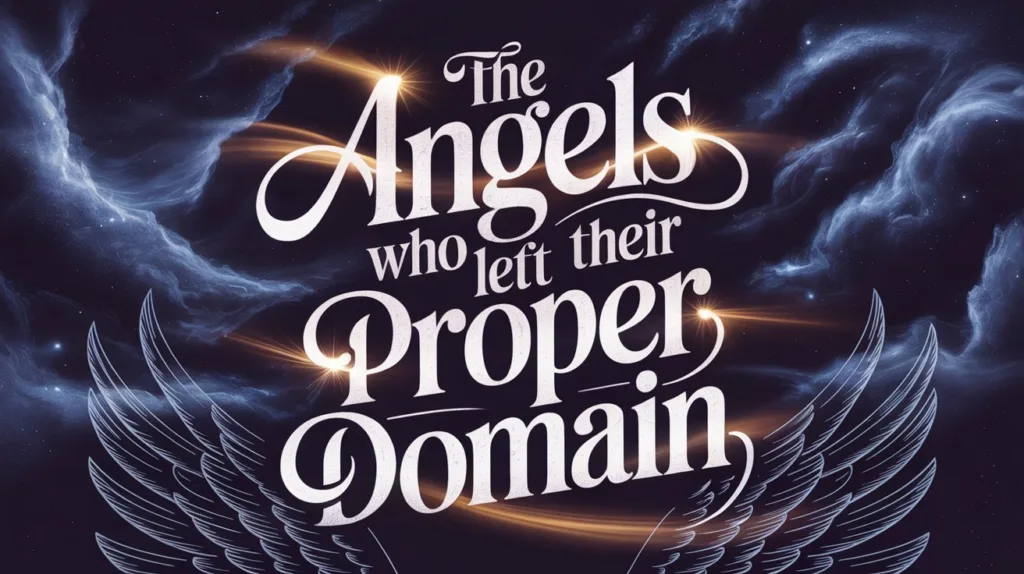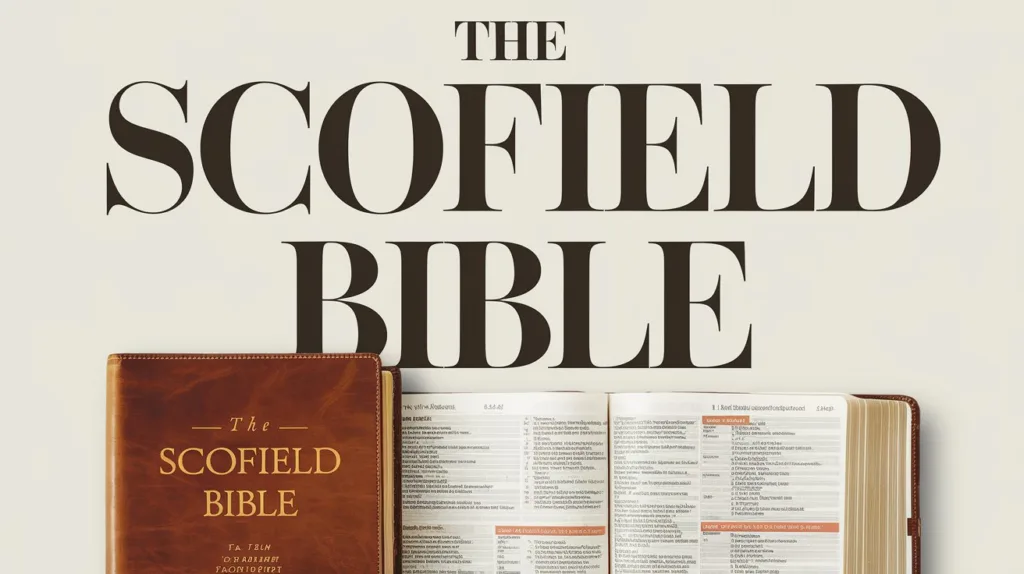From Genesis to Revelation, the Holy Spirit is described using rich, tangible imagery: fire, oil, water, and especially wind or breath. Yet Scripture is clear, the Holy Spirit is not a symbol, nor is He an energy. He is God, a distinct Person of the Trinity, who moves with purpose, power, and presence.
“The wind blows where it wishes, and you hear the sound of it, but cannot tell where it comes from and where it goes. So is everyone who is born of the Spirit.” (John 3:8)
Jesus draws a powerful comparison here: the work of the Spirit is like wind, mysterious, powerful, and always in motion.
Ruach and Pneuma: Wind, Breath, Spirit
The Hebrew word ר֫וּחַ (ruach) and the Greek word πνεῦμα (pneuma) both mean wind, breath, or spirit. This isn’t coincidence. God intentionally chose these terms to communicate the nature and action of the Holy Spirit.
“In the beginning God created the heavens and the earth… And the Spirit of God was hovering over the face of the waters.” (Genesis 1:1–2)
The Spirit of God (Ruach Elohim) was active at creation, moving like wind over the chaotic waters. The term “hovering” is dynamic and implies movement and presence, not passivity.
“By the word of the Lord the heavens were made, and all the host of them by the breath of His mouth.” (Psalm 33:6)
Here, “breath” is ruach: a clear tie between God’s creative power and the Spirit. Creation was spoken, but it was breathed into being through the Spirit.
“The Spirit of God has made me, and the breath of the Almighty gives me life.” (Job 33:4)
The breath of God is the source of life; it is His Spirit. This breath doesn’t just animate, it imparts life, wisdom, and order.
The Breath That Gives Life
“And the Lord God formed man of the dust of the ground, and breathed into his nostrils the breath of life; and man became a living being.” (Genesis 2:7)
This is not just oxygen: this is spiritual life. Man became a living soul because of the breath (ruach) of God.
“Then He said to me, ‘Prophesy to the breath, prophesy, son of man, and say to the breath, “Thus says the Lord God: ‘Come from the four winds, O breath, and breathe on these slain, that they may live.’”’” (Ezekiel 37:9)
This prophetic vision of dry bones being brought to life is a picture of spiritual resurrection by the Spirit of God. The Holy Spirit breathes life where there was death.
Wind and the Day of Pentecost
“Suddenly there came a sound from heaven, as of a rushing mighty wind, and it filled the whole house where they were sitting.” (Acts 2:2)
When the Spirit came upon the disciples at Pentecost, He came with a sound like a mighty rushing wind. It was not mere metaphor: it was a manifestation. The Spirit moves powerfully, fills fully, and arrives from above, not from within men’s rituals or buildings. Jesus had already promised this would happen:
“But you shall receive power when the Holy Spirit has come upon you…” (Acts 1:8)
The wind of God empowers. It moves. It can’t be caged, systematized, or ritualized.
Wind Does Not Mean Impersonal
While the Spirit is compared to wind or breath, He is not impersonal. The Spirit speaks (Acts 13:2), teaches (John 14:26), leads (Romans 8:14), can be grieved (Ephesians 4:30), and intercedes (Romans 8:26). These are not attributes of a force, but of a Person.
“But the Helper, the Holy Spirit, whom the Father will send in My name, He will teach you all things…” (John 14:26)
Notice the personal pronoun He. Not “it.” The Spirit is not a power to be used; He is God to be worshiped.
Distinct in Operation, One in Essence
“There are diversities of gifts, but the same Spirit. There are differences of ministries, but the same Lord. And there are diversities of activities, but it is the same God who works all in all.” (1 Corinthians 12:4–6)
Here, Paul names Spirit, Lord (Jesus), and God (Father): three distinct Persons, but One God. Each acts distinctly: the Spirit empowers, the Son redeems, the Father sends.
“The Spirit of the Lord God is upon Me, because the Lord has anointed Me…” (Isaiah 61:1)
Even in prophecy, we see the Trinitarian operation. The Messiah (Jesus) is anointed by the Spirit, sent by the Lord (the Father).
The Spirit Moves Where He Wills
Jesus said it best:
“The wind blows where it wishes, and you hear the sound of it but cannot tell where it comes from and where it goes. So is everyone who is born of the Spirit.” (John 3:8)
The Spirit is sovereign. Just as you can’t control the wind, you can’t control the Spirit. But you know when He’s moved, because life comes forth, conviction pierces, and power is given.
My Final Thoughts
The Holy Spirit is like the wind: uncontainable, life-giving, powerful, and sovereign. But He is not wind. He is God, the third Person of the Trinity. He acts distinctly, but always in perfect unity with the Father and the Son. Wherever you see new life, true worship, pure conviction, and bold Gospel power, you are seeing the work of the Holy Spirit. He is not a tool to be wielded. He is the breath of God, blowing into dead men’s bones and raising up a holy people.
Let us not grieve Him. Let us not quench Him. Let us walk by the Spirit, and be carried in the current of His divine wind.





 Get the book that teaches you how to evangelize and disarm doctrines from every single major cult group today.
Get the book that teaches you how to evangelize and disarm doctrines from every single major cult group today.